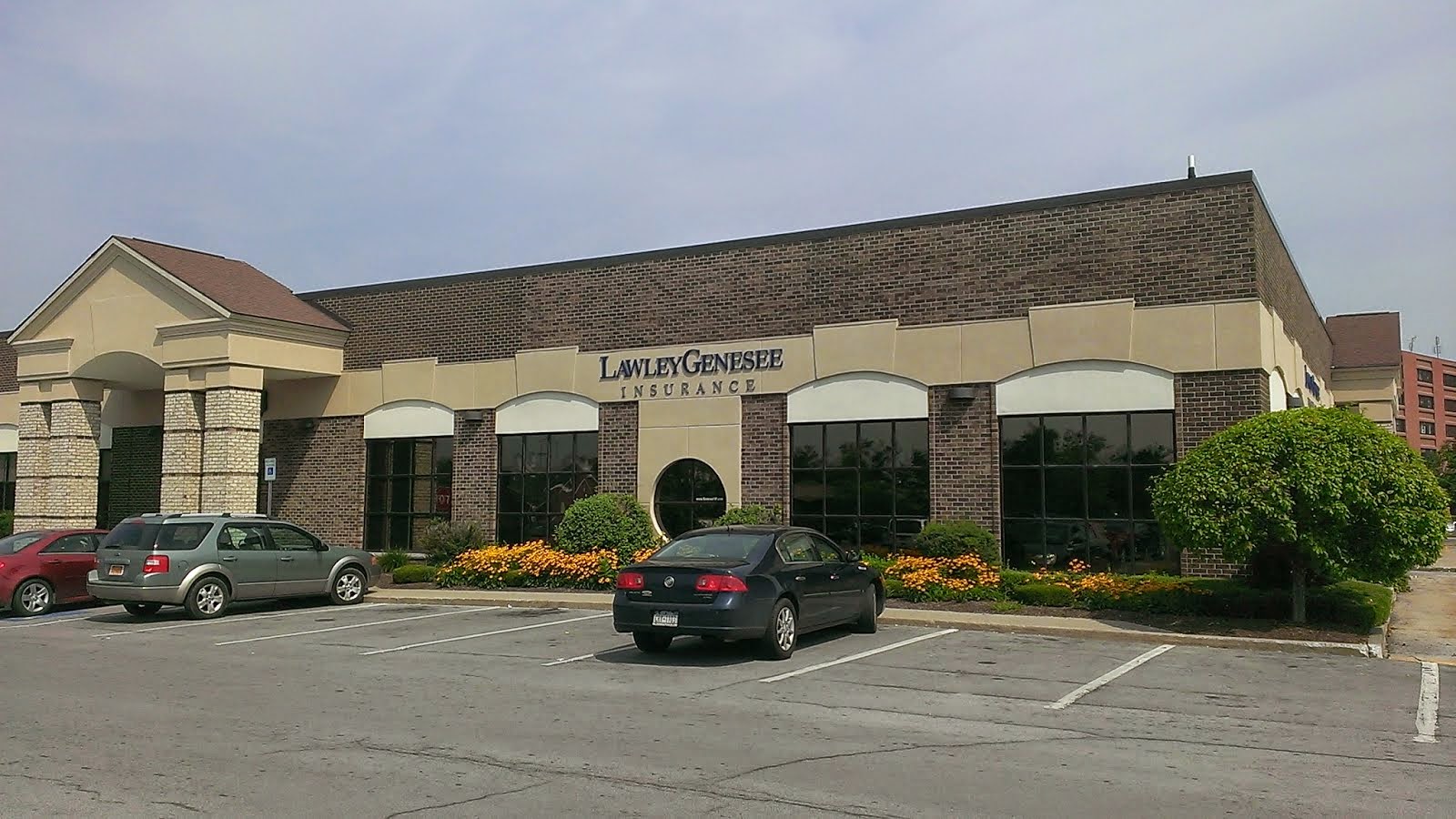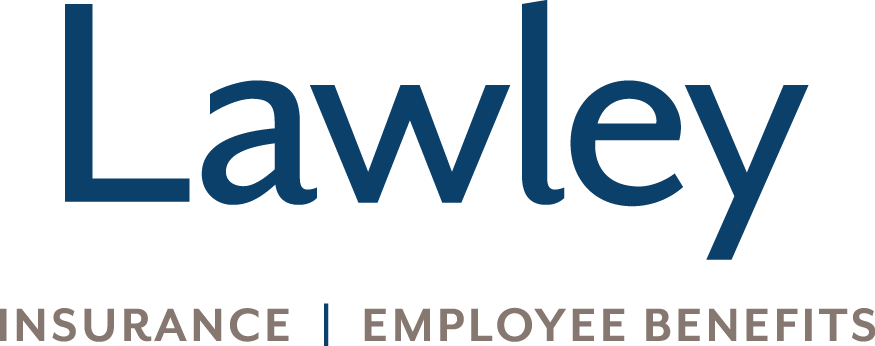What is the New York No-fault law?
The New York Comprehensive Automobile Insurance Reparations Act (also known as the no-fault law) took effect Feb. 1, 1974. Legislators wanted to ensure that persons injured in a vehicle accident would receive prompt and suffi cient medical treatment and income replacement without the burden of litigation. Prior to no-fault, only 14 percent of the liability premiums in the state reimbursed accident victims for their economic loss, and the average time to collect was 16 months.
The no-fault law provides a generous package of personal injury protection benefi ts and finances it with the removal of excessive pain and suffering damages, wasted litigation expenses and redundant benefits payable under other social programs (for example, workers’ compensation and Social Security). As a result, covered persons injured in a vehicle accident give up some of their rights to sue for noneconomic (e.g.,pain and suffering) damages in exchange for guaranteed benefi ts that are paid promptly regardless of fault. However, if the injury is severe enough to reach a “verbal threshold,” which is a list of nine injury types, an injured person may then pursue noneconomic damages.
Does this New York no-fault law apply to motorcycles?
Yes, PIP coverage is required for motorcycles, but it applies only to injured pedestrians. Occupants of a motorcycle are not eligible to receive PIP benefits, but, on the other hand, they retain all their rights to sue for noneconomic damages.
What are Personal Injury Protection benefits?
PIP benefi ts emerge from the legislators’ promise of Basic Economic Loss for eligible injured persons, which consist of the following four types of compensation. The first three shown below are subject to a combined limit of $50,000, while the limit of the fourth is in addition to the $50,000 limit.
1. All eligible medical expenses incurred without time limitation.
2. Income loss payments up to $2,000 per month for no more than three years.
3. Other expenses incurred (e.g., housekeeping or transportation) up to $25 per day for not more than one year.
4. Death benefi t of $2,000 payable to the covered person’s estate.
Keep in mind that, while eligible injured persons are guaranteed this Basic Economic Loss, it may not all be payable as PIP benefits. Th ere could be other sources, such as workers’ compensation, state disability or Social Security benefits, which may contribute with your motorcycle insurance to help compensate the injured person for Basic Economic Loss.
What are Optional Basic Economic Loss benefits?
Optional Basic Economic Loss (OBEL) adds an additional $25,000 to the $50,000 Basic Economic Loss for a total of $75,000, but with a twist. Instead of this amount being paid to the party who fi rst demands it (e.g., the hospital), the covered person can decide who gets access to it first. You may want the $25,000 to go toward the payment of income loss, or you may want to use it for psychiatric, physical or occupational therapy and rehabilitation.
Must my insurance company offer OBEL coverage?
Insurance companies are required to make available OBEL coverage to all motorcycle owners who apply for a policy. However, this off er may be misleading because OBEL benefits will be paid only to pedestrians and not to an operator, or occupants, of the motorcycle. One must ask why an applicant would pay additional premium for coverage that would only benefit pedestrians. In most cases, if the extent of this coverage were understood, the applicant would decline it.
Are there any other PIP options available for motorcycles?
There are none required by law and most, if not all, insurance companies do not voluntarily offer other options.
This information is provided as a general summary of the no-fault law and PIP coverage. Please consult the actual law and your policy for specific details that may be applicable to your situation.
PIA Your Professional Insurance Agent …We want you to know about the insurance you’re buying.
PIA Publication 106603 1/12 QS31375
Monday, April 2, 2012
Subscribe to:
Posts (Atom)



